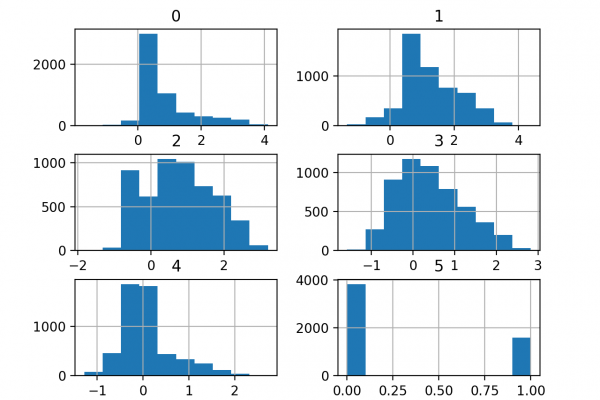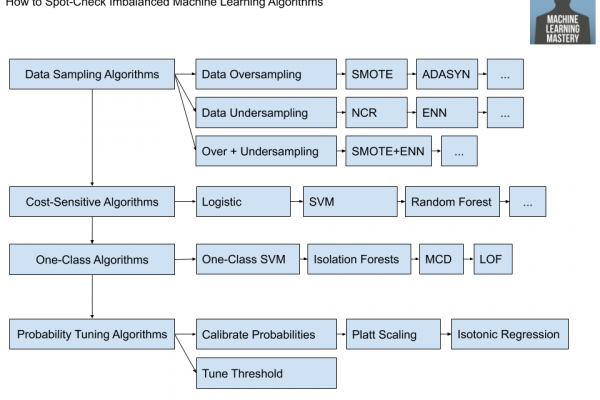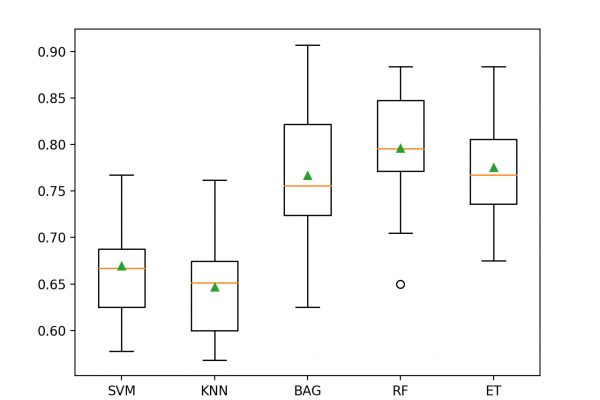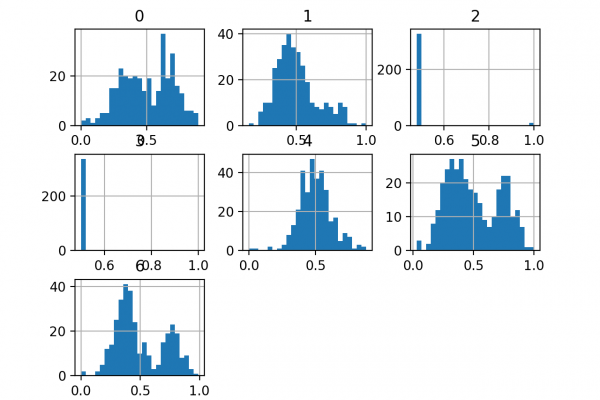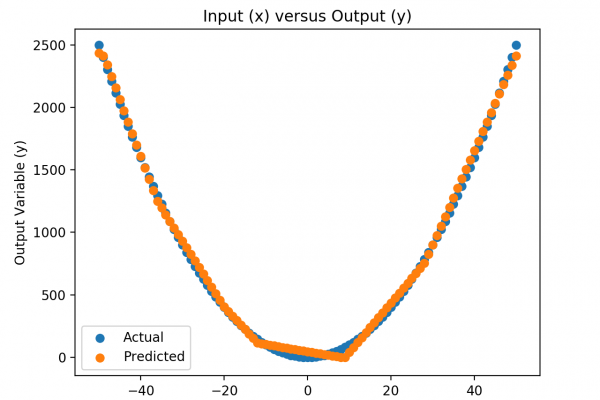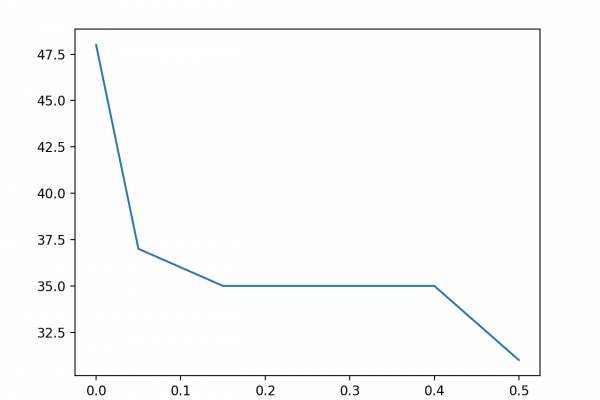Imbalanced Classification Model to Detect Mammography Microcalcifications
Last Updated on August 21, 2020 Cancer detection is a popular example of an imbalanced classification problem because there are often significantly more cases of non-cancer than actual cancer. A standard imbalanced classification dataset is the mammography dataset that involves detecting breast cancer from radiological scans, specifically the presence of clusters of microcalcifications that appear bright on a mammogram. This dataset was constructed by scanning the images, segmenting them into candidate objects, and using computer vision techniques to describe each […]
Read more
